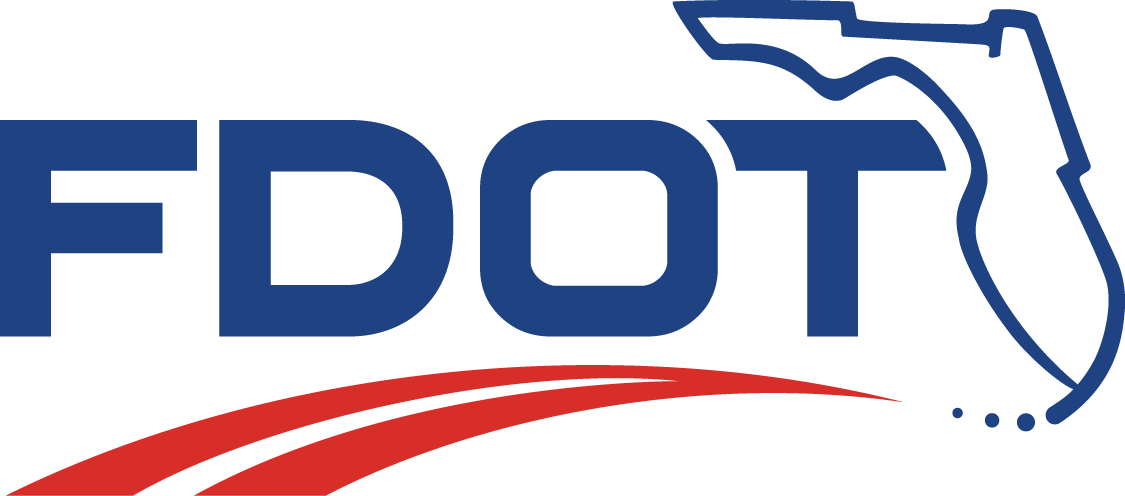What is the purpose of a traffic signal?
Traffic signals are electronically operated traffic control devices which alternately direct traffic to stop and to proceed. Traffic signals are designed to ensure an orderly flow of traffic, provide an opportunity for pedestrians
or vehicles to cross an intersection and help to reduce the number of conflicts between vehicles entering intersections from different directions.
How do traffic signals work?
Traffic responsive controllers change the lights according to the amount of traffic in each direction. These controllers use sensors (inductive loops in the roadway) to detect the number of vehicles and automatically adjust
the length of the green time to allow as many vehicles as possible through the intersection before responding to the presence of vehicles on another approach. Although these types of traffic controllers have been in use for many
years, a new generation of microcomputer traffic controllers makes the signalized intersection much more efficient, thereby reducing time-consuming delays.
How does FDOT decide whether a traffic signal should be installed on a State Highway?
The Department follows federal guidelines (Manual on Uniform Traffic Control Devices - MUTCD [This
link opens a new browser window]) that establish minimum conditions under which a signal installation should be considered. From these federal guidelines, the Department has developed the Manual on Uniform Traffic Studies (MUTS).
Both the MUTCD and MUTS manuals provide a process for the traffic engineer to follow while investigating conditions and circumstances regarding the installation of a new traffic signal or improve the operation of an existing traffic
signal. They contain criteria (warrants) which are used to define the need for, and appropriateness of a particular traffic control device. These warrants are usually expressed in the form of numerical requirements such as the
volume of vehicular or pedestrian traffic. Warrants should be viewed as guidelines, not as absolute values. However, if no warrants are met, a signal will not be installed. Satisfaction of a warrant is not a guarantee that the
signal is needed. The warrant analysis process is just one of the tools to be used in determining if a traffic signal is necessary. Engineering judgment should be exercised in making the final determination.
Why does it take so long to get a traffic signal installed once it is approved?
After a traffic engineering study has indicated the need for a signal and the necessary approvals have been obtained, it must be determined how the signal will be funded and who will do the installation. If the signal is
to be installed by a Contractor as a signal project, then it is added to a list of statewide locations which are competing for funds. These funds must be allocated well in advance which results in projects often "waiting" on the
list for several years continually competing for funds against other projects which may have a greater need. Signals can also be installed by local governments in a joint effort with the Department of Transportation.
Will traffic signals reduce intersection crashes?
Traffic signals do not prevent crashes. Certain types of crashes can be reduced in number or severity by the installation of a signal, while other types will increase. Where signals are used unnecessarily, the most common
results are an increase in total crashes, especially rear-end collisions. Traffic signals are not an answer for every problem intersection. A signal placed at a wrong location can contribute not only to rear-end collisions, but
excessive delays, unnecessary travel on alternate routes and more congested traffic flow.
What does the red arrow mean?
 A red RIGHT arrow means that you must come to a complete stop at the marked stop line or before moving into the crosswalk or intersection. After stopping, you may turn RIGHT on the red arrow at most intersections
if the way is clear. Some intersections display a "NO TURN ON RED" sign, which you must obey. A red RIGHT arrow means that you must come to a complete stop at the marked stop line or before moving into the crosswalk or intersection. After stopping, you may turn RIGHT on the red arrow at most intersections
if the way is clear. Some intersections display a "NO TURN ON RED" sign, which you must obey.
 A red LEFT turn arrow means that you must come to a complete stop at the marked stop line or before moving into the crosswalk or intersection, and shall remain stopped
until a signal indication to proceed is shown. After stopping, the motorist facing a red LEFT turn arrow or red circular signal indication is permitted to enter the intersection to turn left from a one-way street onto a one-way
street with traffic moving to the left except when a " NO TURN ON RED" sign is displayed. A red LEFT turn arrow means that you must come to a complete stop at the marked stop line or before moving into the crosswalk or intersection, and shall remain stopped
until a signal indication to proceed is shown. After stopping, the motorist facing a red LEFT turn arrow or red circular signal indication is permitted to enter the intersection to turn left from a one-way street onto a one-way
street with traffic moving to the left except when a " NO TURN ON RED" sign is displayed.
How do I request a traffic signal study on a State Highway?
The District Traffic Operations Offices respond to written letters from the public, civic organizations, businesses, etc. requesting the need for a traffic signal to be installed or modified. In some cases, when the request
involves private properties rather than public streets, it may be necessary for either the developer or property owner to hire a consultant to conduct the traffic signal study which must be submitted to the appropriate district
for review.
| 